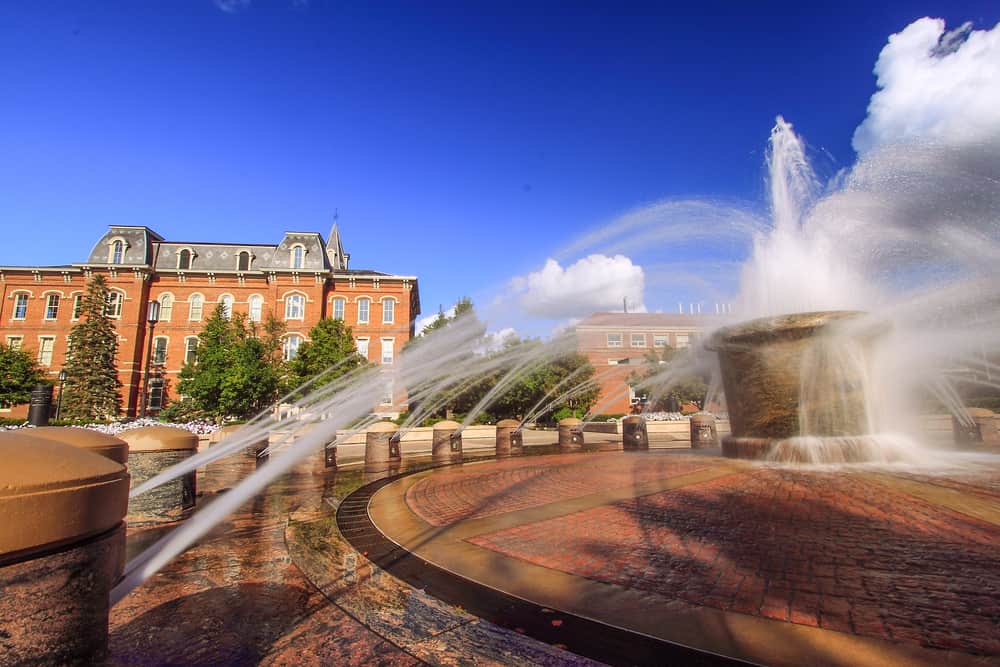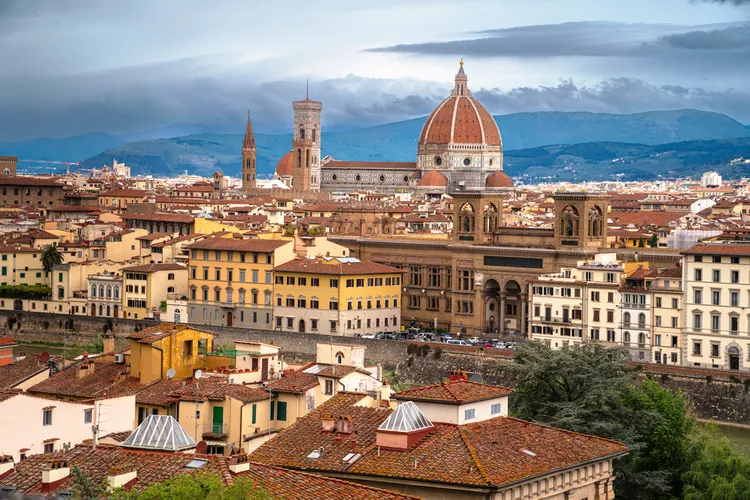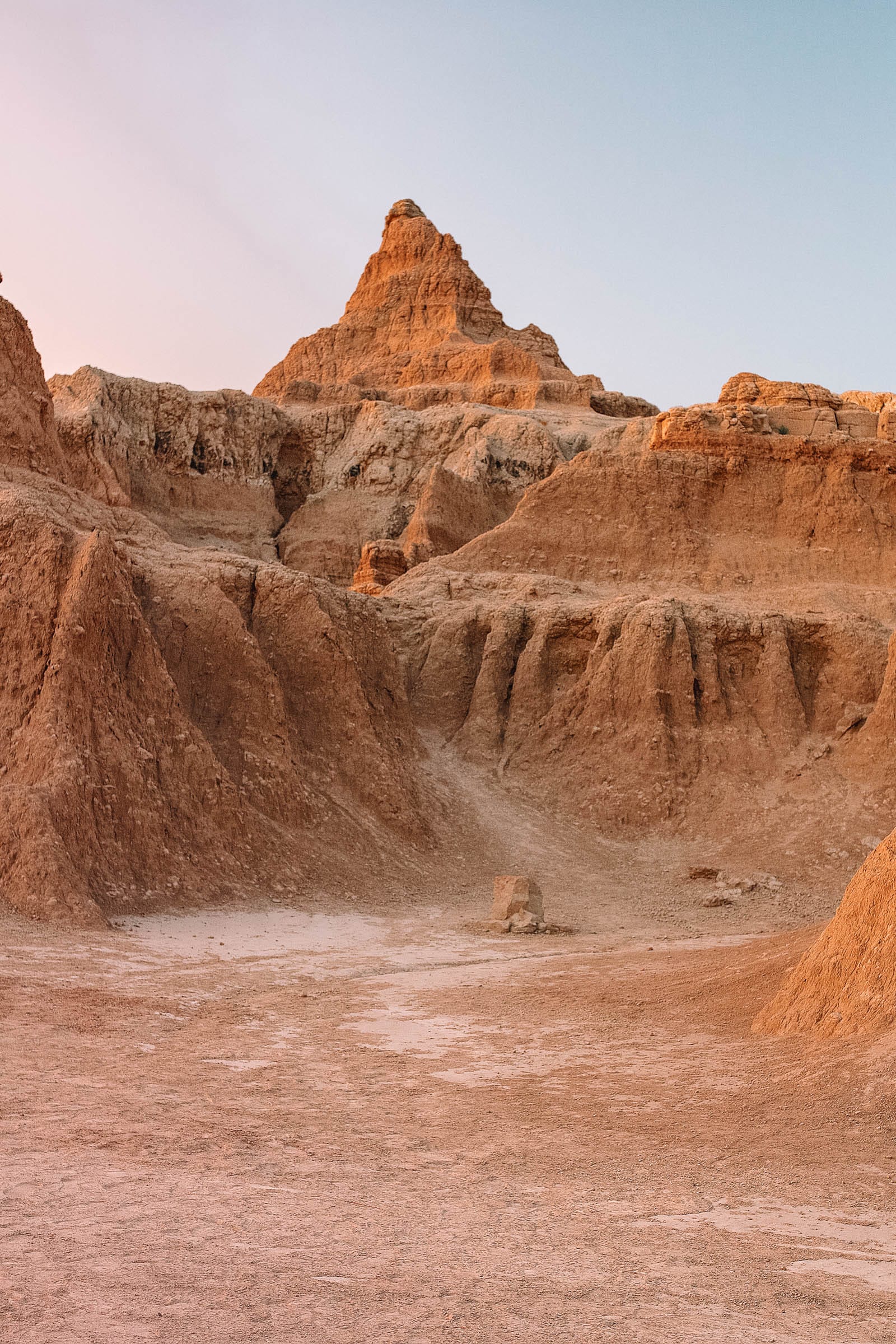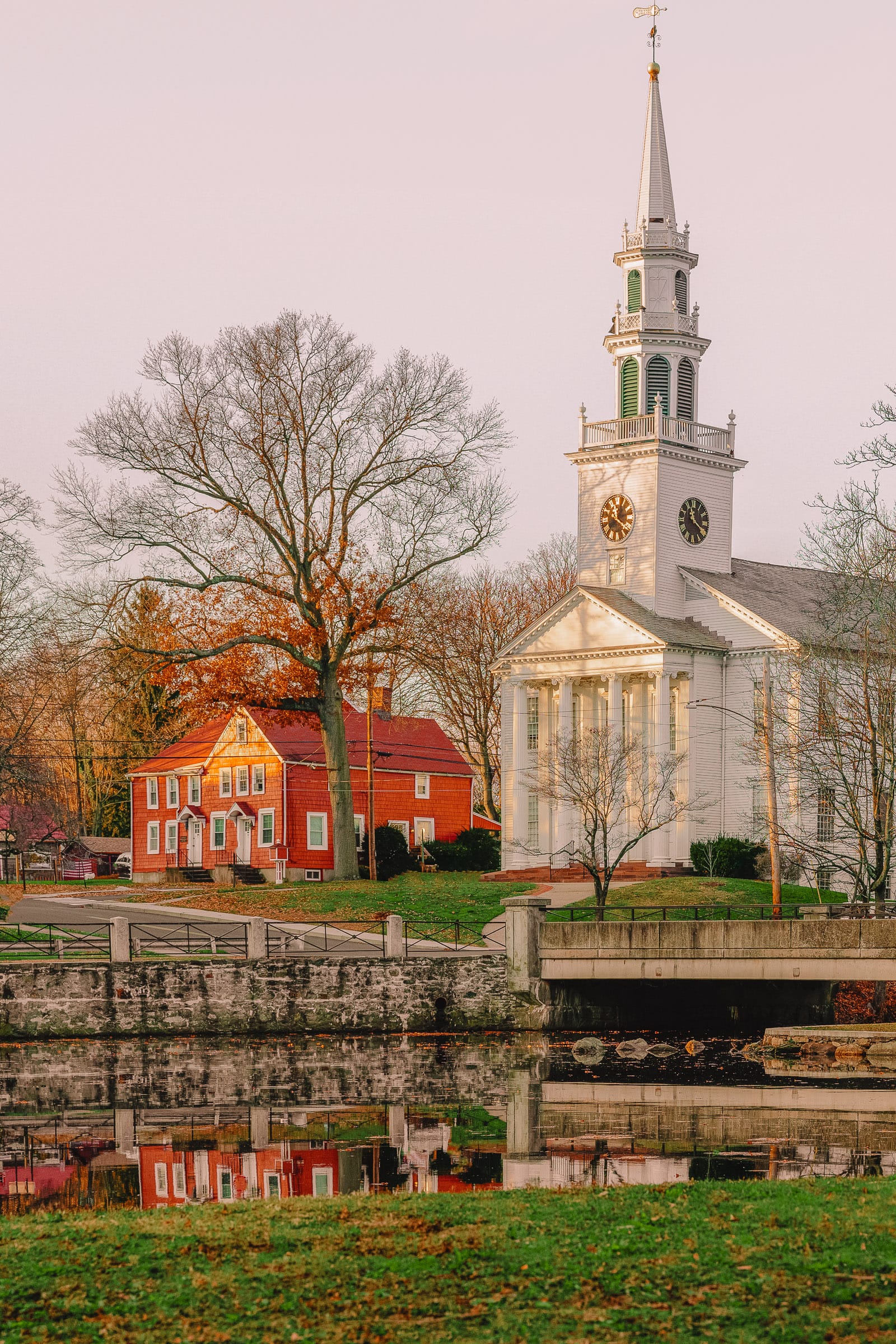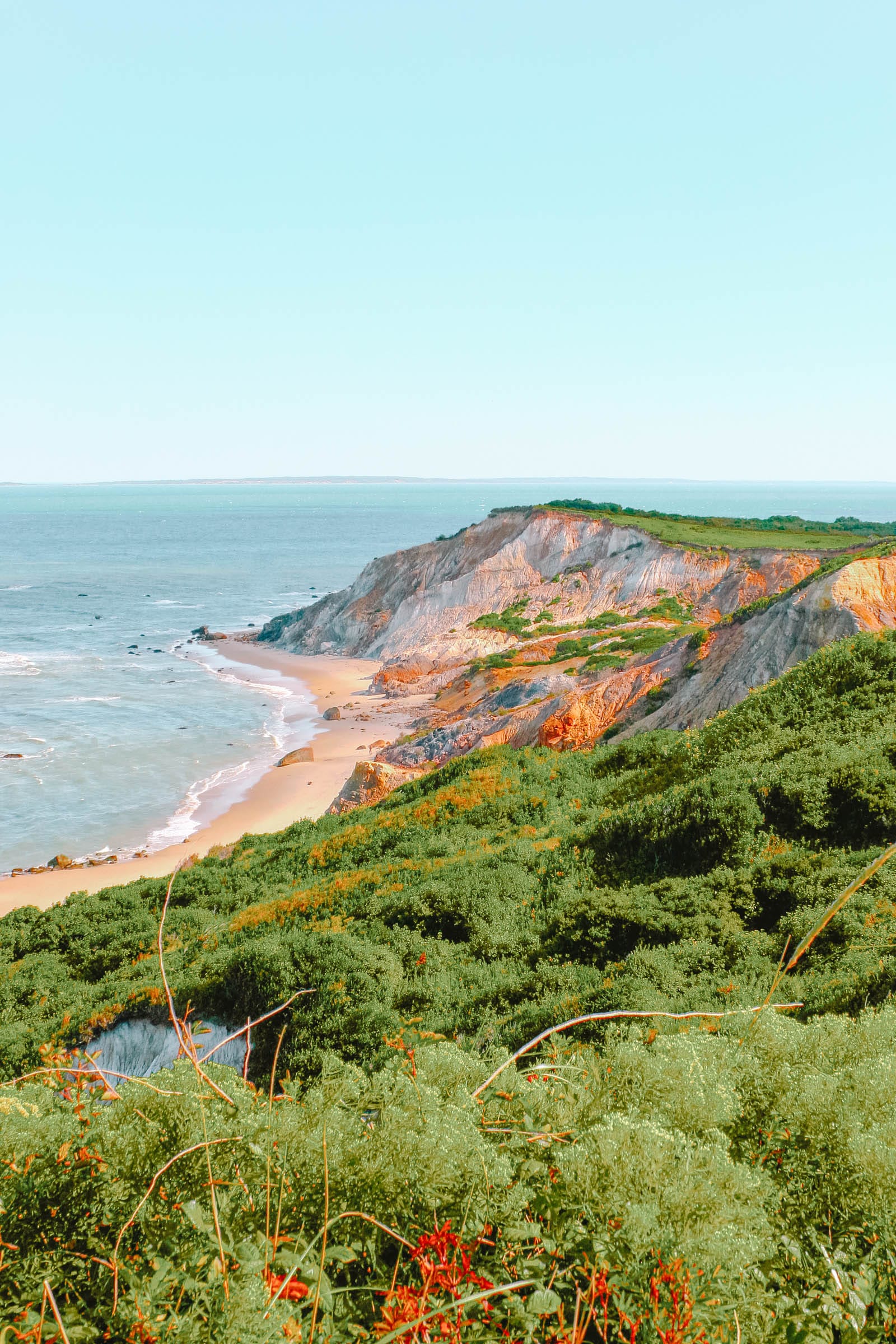Summary
- Downtown Lafayette-West Lafayette
- Purdue University
- Samara House
- Tapawingo Park
- Triple XXX Family Restaurant
- Elliott Hall of Music
- Ross-Ade Stadium
- Mackey Arena
- Fort Ouiatenon
- Wabash Heritage Trail
- Harry’s Chocolate Shop
- Celery Bog Nature Area
- Lilly Nature Center
- Happy Hollow Park
- West Lafayette Farmers’ Market
The most densely populated city in Indiana is profoundly influenced by Purdue University, which was established in 1869 and boasts a verdant campus characterized by dignified red brick structures.
Approximately 50,000 students are enrolled at Purdue, imparting West Lafayette with a vibrant atmosphere filled with diversity, cultural innovation, and numerous time-honored university traditions.
Purdue’s athletic teams, known as the Boilermakers, participate in the Big Ten Conference, with both the men’s and women’s basketball teams exhibiting notable prowess.
On or near the campus, several businesses have thrived for over a century, and the Samara House, a residence designed by Frank Lloyd Wright in the 1950s, epitomizes his Usonian architectural style.
1. Downtown Lafayette-West Lafayette

A unique aspect of West Lafayette and its neighboring city across the river is that they are connected by a cross-river downtown area.
This area encompasses three distinct districts, including Chauncey Village in West Lafayette, a settlement that predates Purdue University, established in the mid-1860s by the Chauncey family of Philadelphia, who were affluent land speculators.
Chauncey Village features an exciting nightlife driven by the university and offers a variety of dining options. Later in this guide, we will detail two beloved establishments: Harry’s Chocolate Shop and Triple XXX.
Along the slopes on both sides lies the Wabash Riverfront District, a center for outdoor activities and an excellent location for leisurely strolls by the water.
Crossing the John T. Myers Pedestrian Bridge leads to Arts & Market, the cultural heart of Lafayette, showcasing unique shops, galleries, and museums, all overlooked by the impressive Tippecanoe County Courthouse (1884).
2. Purdue University

It is impossible to discuss West Lafayette without dedicating substantial attention to the prominent Big Ten university that influences every facet of life within the city.
Purdue is an esteemed institution renowned for its contributions to mathematics, science, and engineering, having produced 23 NASA astronauts to date.
Sports also play a significant role in campus life, with 18 varsity teams (Boilermakers), including major programs in men’s and women’s basketball, women’s volleyball, and football.
The refined, brick-laden campus warrants exploration, even for visitors who are not prospective students. It features a ceremonial gathering place on the Memorial Mall, which serves as the final resting spot for the university’s founding benefactor, John Purdue.
Here, one can admire University Hall (1877) and the Purdue Memorial Building (1924). Additionally, allocate time for the Armstrong Hall of Engineering, named after Purdue alumnus Neil Armstrong, which includes a mural honoring Apollo I astronaut Roger Chafee, another Purdue graduate from 1957.
3. Samara House

Located at the northern end of Purdue, West Lafayette houses one of the most notable Frank Lloyd Wright homes in the United States.
Constructed in the mid-1950s for John and Kay Christian, a pharmaceutical chemistry professor and social director at Purdue, respectively, Samara House exemplifies Wright’s Usonian design approach.
The design required expansive spaces for student gatherings and evolved through six years of consultations with Wright. The house’s name is derived from a samara pod that the architect observed on his initial visit to the site.
Still maintained by the Christian family, the house is kept in accordance with Wright’s original specifications. Uncharacteristically for a Wright creation, Samara features a bright color palette, chosen by Kay with assistance from Olgivanna Lloyd Wright.
From April to November, visitors can participate in a 90-minute tour of the property, learning exciting insights about Wright’s design philosophy and the Christians’ interactions with him.
4. Tapawingo Park

Welcoming your entrance from Lafayette is this lively riverfront park, which comes to life particularly when Purdue is in session.
Meaning “Place of Joy,” Tapawingo Park is connected to the magnificent John T. Myers Pedestrian Bridge, which leads to an impressive plaza and fountain on the West Lafayette side.
At the park’s elevated northern end, stop by the Brown Street Overlook for a pleasing view across the river, especially stunning at sunrise for early risers.
The park hosts the Riverside Skating Center, an outdoor rink measuring 70 by 120 feet, used for ice skating during winter and for social gatherings and roller skating the rest of the year.
5. Triple XXX Family Restaurant

Featured on the Food Network show Diners, Drive-Ins and Dives, Triple XXX Family Restaurant is recognized as Indiana’s first and oldest drive-in restaurant, located in Chauncey Village in West Lafayette.
This establishment has been situated on State Street, mere steps from the Purdue campus, since 1929.
The restaurant derives its name from the Triple XXX Root Beer brand, which operated approximately 100 “Thirst Stations,” roadside venues along the United States-Canada border during the 1920s.
Regardless of your meal choice, whether it be a signature burger (100% sirloin) or a comforting breakfast special served at any time, you should consider pairing it with a frosty mug of Triple XXX Root Beer, made from pure cane sugar according to its original 1895 recipe.
6. Elliott Hall of Music

A prominent structure on the Purdue campus is the expansive Elliott Hall of Music. Constructed in the late 1930s, it was designed in the Art Deco style by J. André Fouilhoux, an architect also associated with New York’s Radio City Music Hall.
This venue ranks among the largest proscenium theaters globally, accommodating 6,005 attendees. The Elliott Hall of Music serves as a location for commencement ceremonies and hosts a variety of organizations, including the Purdue All-American Marching Band and Purdue Bands and Orchestras, the WBAA radio studio, and a production company for the Purdue campus.
Throughout the year, this venue presents performances by world-renowned ballet companies, major concerts, full-scale Broadway productions, as well as lectures and discussions featuring distinguished figures.
Notable artists who have performed on this stage include Bob Dylan, Lady Gaga, and Bruce Springsteen.
7. Ross-Ade Stadium

Located at the northern end of the Purdue campus is the university’s historic football stadium, rich in character and adorned with distinctive red brick.
Opened in 1924, Ross-Ade Stadium became a celebrated venue when the Boilermakers achieved significant success, claiming 9 of their 12 conference titles before 1950.
Often referred to as a “Cradle of Quarterbacks”, while Purdue has recently been transformed into a “Den of Defensive Ends,” with nine players selected in the NFL draft since 1999. With few modifications since the 1960s, the Ross-Ade Stadium provides a uniquely engaging experience for football games.
It has a seating capacity of 57,236, with permanent lighting recently installed to allow for evening games. For a quintessential college football experience, the stadium offers ample tailgating options along with an abundance of concessions and beer on tap, which is somewhat uncommon in college athletics.
8. Mackey Arena

Adjacent to the Ross-Ade Stadium stands Mackey Arena, home court for Purdue’s highly competitive men’s and women’s basketball teams.
The women’s team achieved the NCAA National Championship in 1999 and has reached the Final Four on three occasions. Similarly, the men’s team has been a regular contender, notably making the Sweet Sixteen in three consecutive seasons from 2017 to 2019.
Over 30 Boilermakers have advanced to the NBA. The arena, which seats 14,804, dates back to 1967 and is celebrated for its electric atmosphere, partly due to its domed aluminum roof.
From 2007 to 2012, the facility underwent a substantial modernization process, including the addition of a state-of-the-art sports medicine center.
9. Fort Ouiatenon

The first European settlement in what is now Indiana is located within the boundaries of West Lafayette, set alongside the Wabash River. Fort Ouiatenon was a wooden blockhouse enclosed by a protective palisade, serving as a French fur trading post since 1717.
By the mid-18th century, the fort was central to a large settlement, which was ceded to the British in 1760 and subsequently used by Native American tribes, until its destruction by American Militia during the Northwest Indian War (1785-1795).
Rediscovered in 1960, the site includes a replica blockhouse from 1930 that welcomes public visits during the summer.
Fort Ouiatenon comes alive in October during the weekend-long Feast of the Hunters’ Moon, a festival that commemorates the annual gathering of French and Native Americans that historically occurred at this location in the mid-18th century.
The festival features military demonstrations, period-appropriate food, music, dance, and a vibrant living history experience.
10. Wabash Heritage Trail

An excellent way to explore the scenic Wabash River and Burnett’s Creek surrounding West Lafayette is to traverse this 18-mile trail, which commences in the north at Tippecanoe Battlefield and concludes southwest of West Lafayette at Fort Ouiatenon.
You can access the Wabash Heritage Trail at Tapawingo Park, embarking on an adventure through groves of buckeye, sycamore, and cottonwood, alongside marshy landscapes.
There is much historical significance to uncover along the way, from the Davis Ferry pedestrian bridge, named after a crossing that occurred at this site in 1823, to the trailhead where the Battle of Tippecanoe (1811) took place, involving American forces and a coalition of Native American tribes under Tenskwatawa.
11. Harry’s Chocolate Shop

A fixture in West Lafayette since 1919, Harry’s Chocolate Shop is conveniently located adjacent to the Purdue Campus in the Chauncey Village District.
This vibrant pub, popular among students, serves hearty bar fare, making the name somewhat misleading; it harks back to a bygone ice cream parlor and soda fountain established here over a century ago.
After Prohibition, the owner sought differentiation from a competitor, leading to a transition from ice cream to beer service.
Harry’s Chocolate Shop evokes nostalgia for many Purdue alumni, offering small beer-friendly dishes (wings, nachos, onion rings, egg rolls, quesadillas), alongside subs, burgers, wraps, pizza, soups, salads, and various other options.
A delightful touch includes complimentary popcorn served with your beverage.
12. Celery Bog Nature Area

Nestled behind the Purdue Campus is nearly 200 acres of natural habitat, featuring a significant wetland area that constitutes almost half of this space.
The Celery Bog Nature Area attracts avian species, particularly during the spring and fall migratory seasons, with over 260 species recorded in the area.
Conveniently, there is a 1.5-mile unpaved footpath adjacent to the wetlands, ideally suited for birdwatching, featuring interpretive signs and two observation decks.
In addition to the unpaved trail, visitors can explore an additional 4.3 miles of paved pathway along the Cattail Trail.
This extensive trail extends for 11 miles and can be accessed from the Purdue campus, guiding you through savanna and restored prairie as it meanders through the Celery Bog Nature Area.
13. Lilly Nature Center

For those seeking to learn more about the diverse habitats of the Celery Bog Nature Area, the Lilly Nature Center, which operates from Wednesday to Saturday, is a must-visit.
This contemporary facility features engaging, well-organized, and interactive exhibits that explore the wetlands, prairie, savanna, and woodlands immediately accessible from its doorstep.
The center serves as a valuable resource for identifying various animal species, and also includes its own birdwatching area.
Furthermore, it hosts a wide range of nature-oriented programs organized by groups such as the Sycamore Audubon Society and the Indiana Native Plant & Wildflower Society.
14. Happy Hollow Park

Positioned along the Wabash Heritage Trail, Happy Hollow Park is located near the riverbank of the Wabash, approximately one mile upstream from Wabash Landing.
Visitors will discover over 80 acres primarily covered by hardwood forests, providing a refreshing canopy during the summer months, along with a series of side trails leading into various sections of the park.
Parks facilities include a large open turf area, five pavilions, and two accessible playgrounds, catering to children aged 2-5 and 5-12.
These playgrounds are expansive and were recently enhanced with new equipment at the time of writing.
15. West Lafayette Farmers’ Market

From May to October, Cumberland Park in West Lafayette serves as the venue for a vibrant farmers’ market, held on Wednesdays from 3:30 pm to 7 pm, featuring over 50 vendors.
Visitors can expect to find a diverse array of seasonal fruits and vegetables, as well as herbs, grass-fed beef and chicken, wine, honey, baked goods, Bundt cakes, syrups, handmade confections, crafts, candles, pet treats, aromatherapy soaps, clothing, and much more.
Additionally, there are plenty of freshly prepared food offerings available on-site, including crepes, comforting vegetarian dishes, tacos, or shaved ice.
